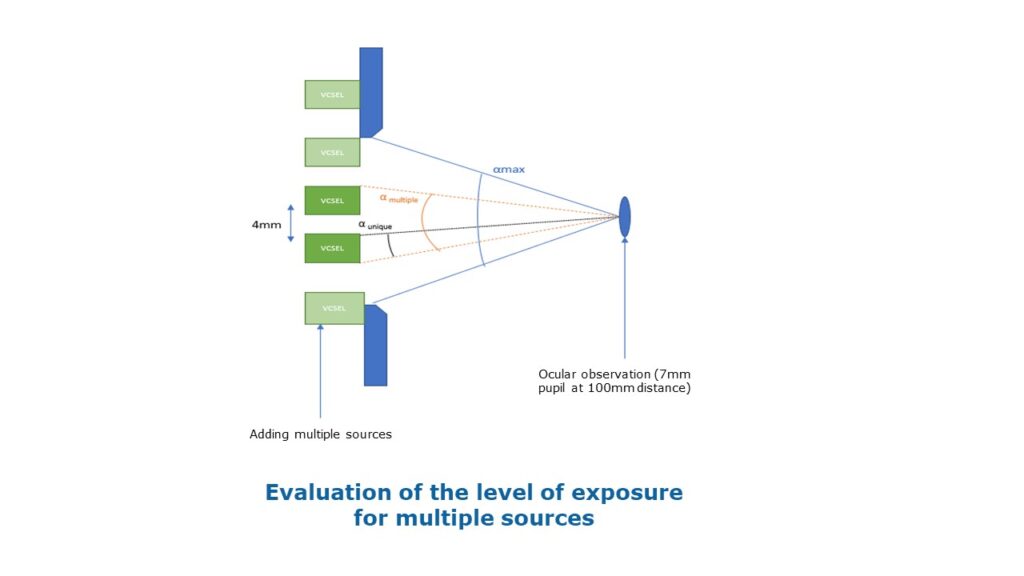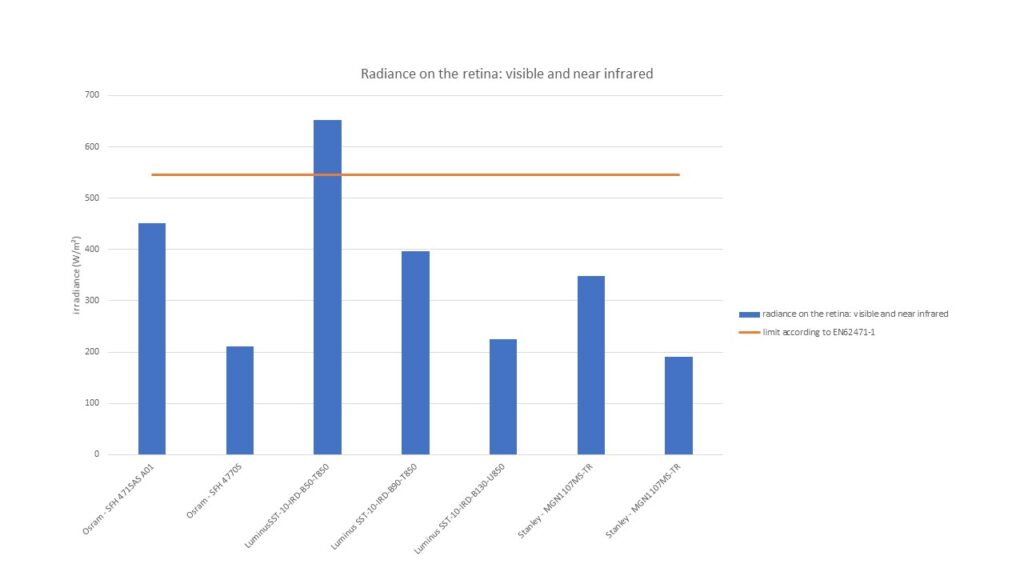In their test lab, accredited to ISO 17025 by COFRAC, PISÉO experts assess and calculate the risks associated with artificial optical radiation on the human body.
PISÉO employed these specific abilities in the service of the company EASii-IC in January 2021 to create an integrated circuit (ASIC) dedicated to air-based telecommunication applications (Li-Fi).
EASii-IC is an electronics manufacturer developing an ASIC allowing optical communication between two mobile devices. They needed to validate the maximum power of the light source in order to comply with regulations on optical risks. At the end of 2020, PISÉO was called upon to assist.
The ASIC must ensure communication between the two devices, sharing information and data. It will drive the emitting light source and the receiving photodiode. To ensure an optimal user experience, it is necessary to guarantee a bandwidth of 200 MHz for a data rate of 1 Gbps. EASii-IC wanted to compare different solutions based on LED or laser light sources. It therefore became a question of determining the optimal compromise between technical performance and optical risk. The final product must have the greatest possible range between the two devices while respecting the standards in force and the users’ health.
Indeed, LEDs can emit high levels of radiation at short wavelengths (blue light), which have physiological effects on the body. Lasers, in turn, can cause severe eye damage, in particular. Therefore, choosing one or the other technology is crucial to ensure compliance with French and European standards and regulations that protect users.

PISÉO committed to its client to:
• conduct a market inventory of transmitters and receivers adapted to the signal (wavelength, sensitivity, frequency, etc.)
• compare the different technologies available to determine the best solution
PISÉO’s experts first analyzed the LED and laser light sources (VCSEL) which met the minimum technical constraints requested. They have been innovative in adapting to their client’s unique needs by developing their own digital computational model. Coupled with optical simulations carried out using Zemax software, this enabled them to identify the ocular optical risks of both LED and laser solutions and the advantages and disadvantages of each technology. EASii-IC was thus able to choose the most efficient technological combination while complying with the applicable optical safety standards: EN 62471 for LEDs or EN 60825 for lasers.
Finally, the exceptional knowledge of the market for artificial light sources and photodetectors also enabled PISÉO to be a driving force. Their work with their clients ranges from analysis to the recommendation of photonic components and their implementation in products.



